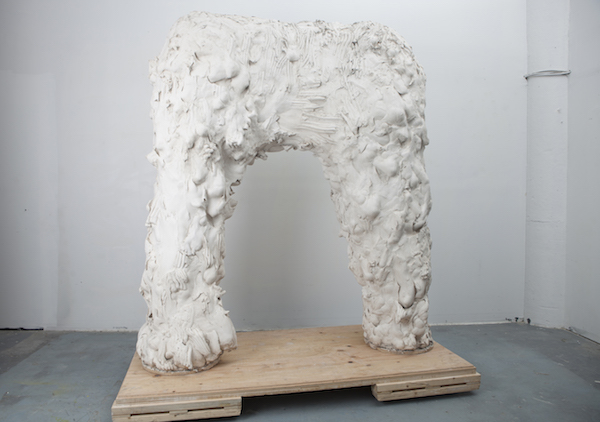Vancouver Biennale, 2014 - 2016, Vancouver B.C. Canada
Intersect, 2014, installation view, Vancouver Biennale, 2014 - 2016, Vancouver B.C. Canada
Vancouver Biennale, 2014 - 2016, Vancouver B.C. Canada
The 3rd Vancouver Biennale exhibition began Spring 2014. We’re expanding to new cities, broadening our program to include a wider range of artistic disciplines, and inviting an unprecedented mix of famous and emerging artists from around the world to participate in a two-year celebration of great contemporary art, freely accessible to people where they live, work, play and transit. The mandate of the Vancouver Biennale is to exhibit great art in public space and use it as a catalyst for learning and social action.
The curatorial theme of the exhibition is Open Borders / Crossroads Vancouver. Unique in the world for its natural beauty, Vancouver becomes the international hub where artists from all nations, cultural backgrounds, political histories and artistic disciplines gather to celebrate art in public space. Together we inspire creativity, transform thinking and find our interconnectedness as global citizens through art.
The 2014 – 2016 Vancouver Biennale features diverse works by both breakthrough and established artists, in keeping with the theme Open Borders / Crossroads Vancouver. The 2014 – 2016 participants include globally-recognized figures ranging from Ai Weiwei, Vik Muniz to OSGEMEOS.
The International Pavilion took place between June and October 2014
Location: Pipefitters Building – 19 Wallace Mews, North Vancouver.
As part of the 2014 – 2016 Vancouver Biennale, North Vancouver’s waterfront Pipefitters Building was reimagined as a cultural workshop with a focus on Brazilian contemporary art. Transforming the historic space into a community hub, the International Pavilion exhibited installations from Brazil’s most significant emerging artists. The Pavilion served as a gateway to showcase the Brazilian contemporary art scene with all its richness of contemporary thinking, universality and innovation in its creative processes.
“Brazil is a country stigmatized by a spectacular image of soccer, carnival, crime and semi-naked women on its beaches. Brazil is much more complex than this distorted view. With this Pavilion, we are trying to compensate the visual aberration of how our culture is seen, and show the Brazilian art scene with all its richness of contemporary thinking, universality and innovation in its creative processes.” -Marcello Dantas, Curator
Juliana Cerqueira Leite's work ∩ [Intersect] was featured in the International Pavilion which was open to the public between June and October 2014. Leite’s sculptures are often made from the inside wherein the artist, while moving through large volumes of clay, creates hollow spaces that she then casts in different materials.
For ∩ [Intersect], a large wooden box was built above the platform where the work was displayed. This box was then filled with 4.5 tons of clay. Leite and her partner, Roarke Menzies, crawled underneath this platform and entered the clay box through two holes cut into opposite sides of the platform, leading into opposite ends of the box.
Using their hands and feet, both Leite and Menzies dug their way into the wet clay block. They kept digging until they met in the middle, and then each crossed to the other’s side. As a result, an arch-shaped hollow emerged. This space was then cast with a non-toxic plaster resin. Once the casting was complete, the wooden box was opened to reveal the block of clay. As the clay was removed, the sculpture was revealed for the first time.
The work’s surface documented the movements of both artists as they moved upward and then forward through the clay. The arched form revealed the space occupied by both their bodies and the textures made by their repeated movements as they worked through solid space. Through Intersect, Leite explored the complexities of process-based sculpture and collaborative work, as she and her partner were “immersed in a shared time and space.”
Intersect, 2014, installation view, Vancouver Biennale, 2014 - 2016, Vancouver B.C. Canada
Intersect, 2014, detail
Intersect, 2014, sketch diagram
Intersect, 2014, Sketch





